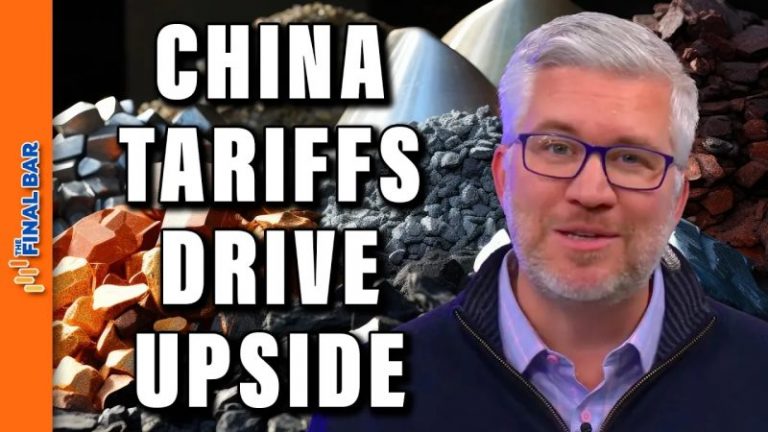In today’s rapidly evolving global economy, the trade war between the United States and China has caused ripples in various industries, with rare earth minerals emerging as a hot topic of conversation. Rare earth minerals are a group of 17 elements that play a crucial role in the manufacturing of high-tech products, ranging from smartphones and electric vehicles to defense systems. With China being a dominant player in the rare earth minerals market, recent tariffs imposed by the U.S. have sparked discussions about the potential implications and opportunities that could arise from this trade dispute.
The U.S. has long been heavily dependent on China for its supply of rare earth minerals, with the Asian giant controlling a major share of the global market. The recent tariffs imposed by the U.S. have raised concerns about the potential disruption to the supply chain of these critical minerals. This has led to a renewed focus on domestic production and alternative sources of rare earth minerals outside of China.
One potential upside of the tariffs is the opportunity for other countries, such as Australia and the United States, to ramp up their own production of rare earth minerals. By reducing its reliance on Chinese supply, the U.S. aims to create a more secure and diverse supply chain for these critical minerals. This shift could open up new avenues for investment in domestic mining operations and technology to extract and process rare earth minerals more efficiently.
Furthermore, the tariffs on Chinese rare earth minerals could also drive innovation in recycling and sustainable practices within the industry. As the demand for rare earth minerals continues to grow with the rise of renewable energy technologies and electric vehicles, finding ways to recycle and reuse these valuable resources becomes increasingly important. The current trade tensions could serve as a catalyst for investing in methods to recover rare earth minerals from electronic waste and industrial byproducts, reducing the reliance on new mining activities.
On the flip side, the tariffs could also lead to increased costs for industries that heavily rely on rare earth minerals in their manufacturing processes. Companies may have to re-evaluate their supply chains and explore alternative sources for these essential elements. This could potentially impact the competitiveness of certain industries in the global market, especially those that are more vulnerable to fluctuations in the prices of rare earth minerals.
In conclusion, the tariffs imposed on Chinese rare earth minerals present both challenges and opportunities for various stakeholders in the industry. While the disruptions to the global supply chain may pose short-term challenges, they also create an incentive for diversification and innovation in the rare earth minerals market. By investing in domestic production, recycling technologies, and sustainable practices, countries can mitigate the risks associated with overreliance on a single source of these critical minerals. Ultimately, the trade war serves as a wake-up call for the industry to reassess its vulnerabilities and work towards building a more resilient and sustainable supply chain for rare earth minerals.



